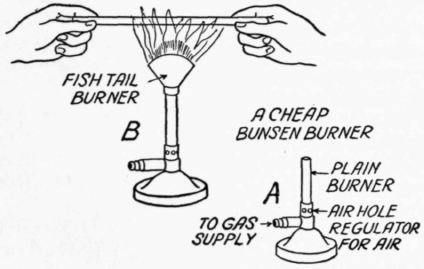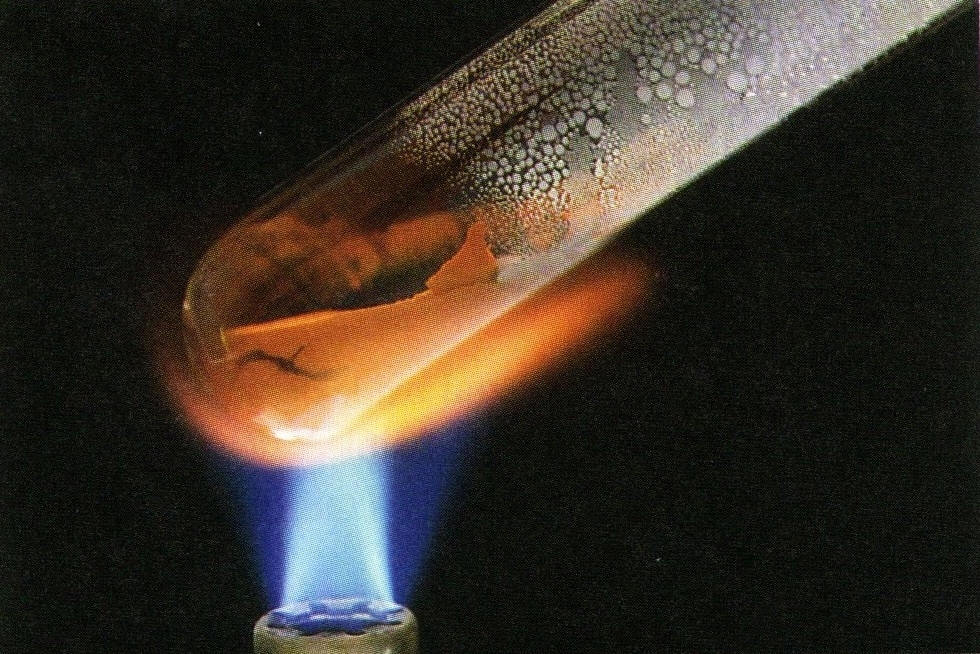The term exothermic describes a process or reaction that releases energy usually in the form of heat, but also in the form of light(flame, explosion, spark), electricity(battery), or sound. Chemical exothermic reaction are generally more spontaneous than endothermic reaction. In a thermochemical reaction that is exothermic, the heat is placed on the products of the reaction.
The opposite process is endothermic process which absorbs energy in the form of heat. Chemical endothermic reaction need heat to be performed. In a thermochemical reaction that is endothermic, the heat is placed on the reactant side.
- freezing water
- condensing water vapor
- combustuin of fuels such as woods, coal and oil
- mixing alkalis and acids
Some examples of endothermic processes:
- melting ice cube
- evaporating liquid water
- converting frost to water vapor(melting, boiling and evaporation in general are endothermic processes )
exothermic reaction video
endothermic reaction video























